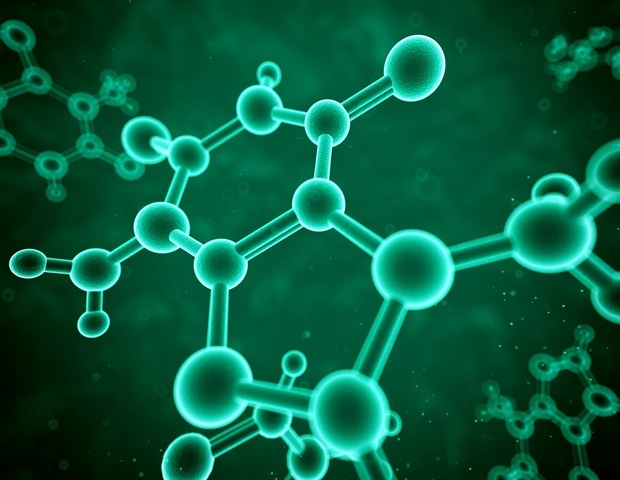
[ad_1]
The synthesis of complex molecules such as drugs requires a process that sometimes involves multiple steps which increase their cost and make access to the product more difficult.
Now, a UB team has designed a new methodological approach that combines multicomponent reactions with domino-like processes – continuous transformations on a single compound – to facilitate the synthesis of highly complex molecules.
The study, published in the journal Angewandte Chemie International Edition, is led by Professor Rodolfo Lavilla, from the Faculty of Pharmacy and Food Sciences and the Institute of Biomedicine (IBUB) of the University of Barcelona.
The study, whose first signatories are researchers Ouldouz Ghasghaei and Marina Pedrola (UB-IBUB), counts on the participation of experts from Masaryk University (Czech Republic) and the Leibniz Research Institute for Environmental Medicine (Germany).
Multicomponent reactions: more simplicity and efficiency
Multicomponent reactions are protocols that facilitate the chemical synthesis of new compounds with high complexity and structural diversity. These reactions can form several bonds and generate new molecules with a minimum of three reactants.
These processes are very direct and help to obtain molecules quickly and efficiently (simplicity, atom economy, etc.) compared to traditional processes. Furthermore, these are also the most sustainable synthetic routes from an environmental point of view (saving of resources, less waste, etc.).
In the study, the experts create the main principle according to which the polarity change of a reactive in a multicomponent process triggers domino reactions that allow access to complex connectivity. This principle would explain many transformations and facilitate the design of new processes in the field of synthetic chemistry.
According to Lavilla, the new principle was developed “with indole nuclei, a heterocycle present in many natural molecules, and in particular in drugs. Furthermore, the compounds that have been prepared with this methodology show a high structural variability (linear rings and angular castings, rigid or flexible compounds, etc.) “.
In the biological field, most of the products synthesized by researchers “have a powerful activity as ligands of the aryl hydrocarbon receptor”, he adds, “a molecule with a decisive role in several biological processes that is considered a potential pharmacological target for the development of new drugs “.
So far, only a few specific cases of multicomponent reactions associated with a domino process have been described. “Both domino and multicomponent reactions are very complex on a mechanistic scale. There are many bonds and many elementary, intermediate reaction steps and so on,” notes the researcher.
He adds that by merging these two reaction families into a single process “we dramatically increase synthetic complexity. Therefore, we believe that the description of these processes is a step towards generalizing and expanding them in combinations in synthetic chemistry.”
Technology for greener chemistry
Multicomponent reactions have facilitated the development of new molecules of pharmaceutical and biomedical interest (biological probes, fluorophores, complex molecules). These techniques are increasingly exploited by other industrial sectors every day.
However, there are very few general multicomponent reactions, about a dozen compared to hundreds of biomolecular reactions, and this limits their applicability. In this sense, a great deal of scientific activity is underway in this field to facilitate access to this type of general connectivity through these reactions, and to allow its application to the development of all types of large-scale organic compounds (drugs, plastics , fertilizers, etc.). “
Rodolfo Lavilla, Researcher, University of Barcelona
Source:
Journal reference:
Lavilla, R., et al. (2020) Extended multicomponent reactions with indole aldehydes. Access to unprecedented polyetherocyclic scaffolding, aryl hydrocarbon receptor ligands. Angewandte Chemie International Edition. doi.org/10.1002/anie.202011253.
.
[ad_2]
Source link